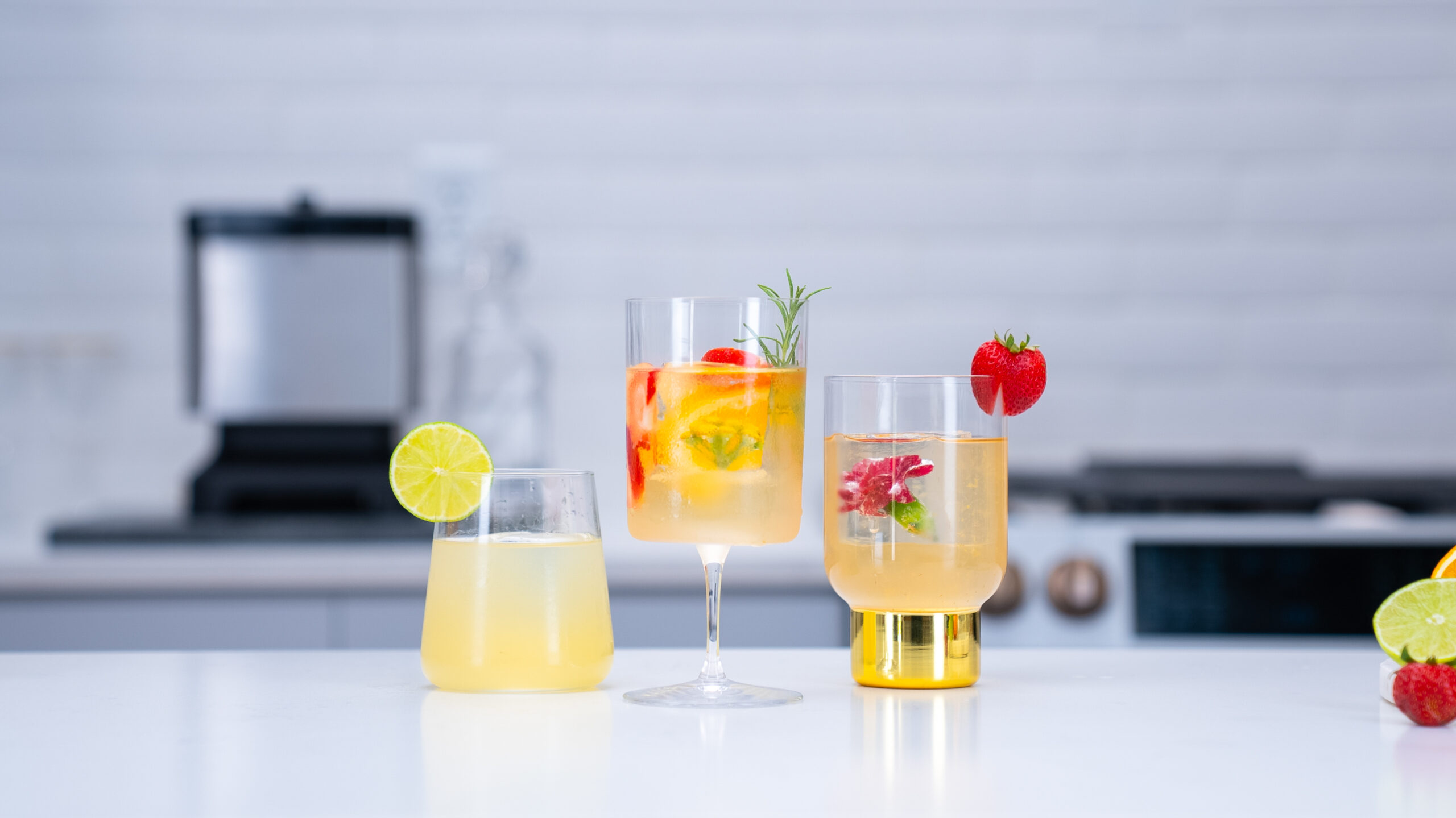Mastering food styling is essential for creating visually captivating photographs that entice and engage your audience. Whether you’re a professional photographer, a food blogger, or a CPG company looking to enhance your product visuals, these expert tips will elevate your food photography game to the next level.
1. Selecting the Perfect Props
Carefully choose props that complement your dish and enhance its story. Use utensils, tableware, and linens that add texture, color contrast, and visual interest without overshadowing the food itself. 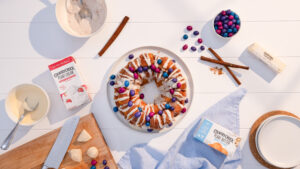
2. Emphasizing Texture and Detail
Highlight the texture and intricate details of your food by adjusting lighting angles and using macro photography techniques. Close-up shots capture the essence of ingredients like grains, sauces, and garnishes, making them appear irresistible.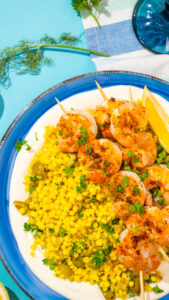
3. Playing with Composition
Experiment with different compositions, such as the rule of thirds, leading lines, and symmetry, to create visually appealing arrangements. Balance elements within the frame to draw the viewer’s eye to the focal point of your dish. 
4. Utilizing Natural Light
Using the soft, diffused light of natural daylight will enhance the freshness and natural colors of your food. Avoid harsh shadows by positioning your setup near a window or shooting outdoors during golden hour for warm, flattering lighting. 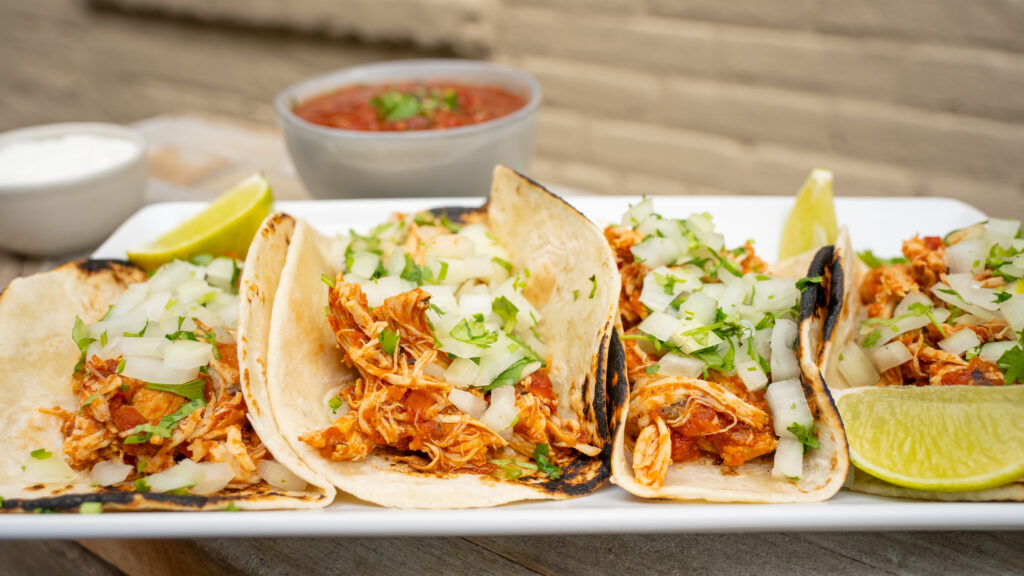
5. Incorporating Color Theory
Understand color psychology and use it to evoke emotions and appetites in your audience. Experiment with complementary and contrasting colors in your food and props to create vibrant, eye-catching images. 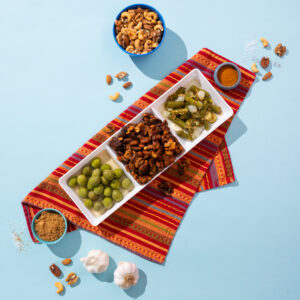
6. Creating Depth and Dimension
Add depth to your photographs by incorporating layers and depth of field. Use props and background elements strategically to create a sense of depth that enhances the visual storytelling of your dish. 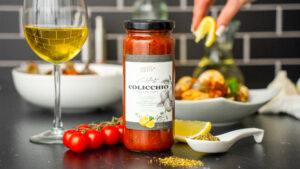
7. Showcasing Movement and Action
Capture the process of cooking and serving food to create engaging action shots. Showcase steam rising from a hot dish, pouring sauces, or slicing through a cake to add a sense of movement and authenticity to your photographs. 
8. Perfecting Plate Presentation
Pay attention to the presentation of your dish on the plate. Use garnishes, sauces, and drizzles to add visual interest and enhance the overall appeal. Experiment with different plating techniques to find the most flattering angles for your food. 
9. Styling for Different Seasons and Themes
Tailor your food styling to reflect seasonal ingredients and themes. Incorporate seasonal produce, holiday motifs, or cultural influences to create timely and relevant content that resonates with your audience. 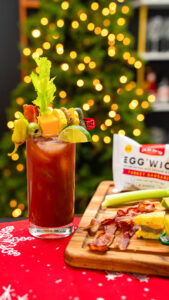
10. Maintaining Consistency in Branding
Develop a cohesive visual style that aligns with your brand identity across all platforms. Use consistent colors, props, and composition techniques to establish a recognizable aesthetic that strengthens your brand’s presence. 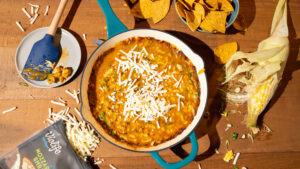
11. SEO-Optimized Practices
Enhance the visibility of your food photography with SEO-optimized practices. Incorporate relevant keywords like “stylish food photography tips,” “professional food styling techniques,” and “creative food composition ideas” in your titles, descriptions, and alt text. This improves search engine rankings and attracts organic traffic from food enthusiasts and potential clients.![]()
Conclusion
By applying these expert food styling tips into your photography workflow, you can create stunning images that resonate with your audience and elevate your brand’s visual storytelling. Experiment with these techniques, adapt them to your unique style, and consistently produce high-quality visuals that showcase your culinary creativity. Check out our Food Photography Portfolio for more examples of food styling techniques we’ve mastered over the years.
About Foodist Films: Foodist Films is a food videography agency that creates striking food content for food businesses, CPGs, and e-commerce companies. Whether you need a recipe videographer, food content creator, or a food video marketing agency, our team of creatives can help bring your vision to life! Reach out to collaborate with us!
